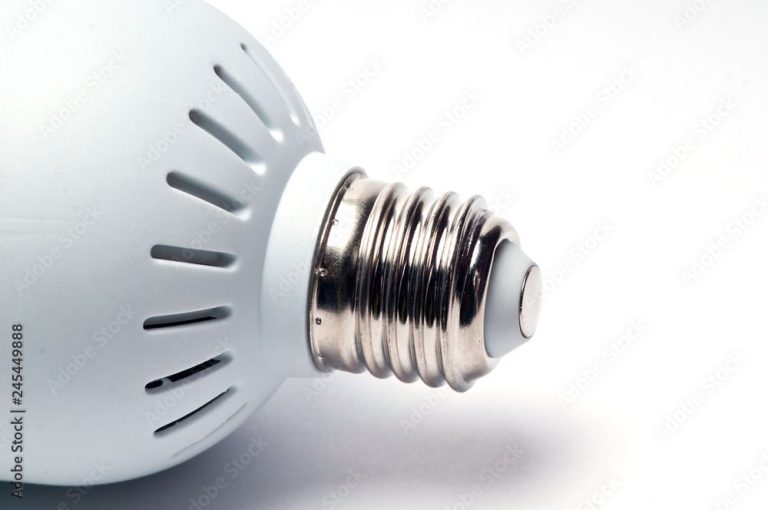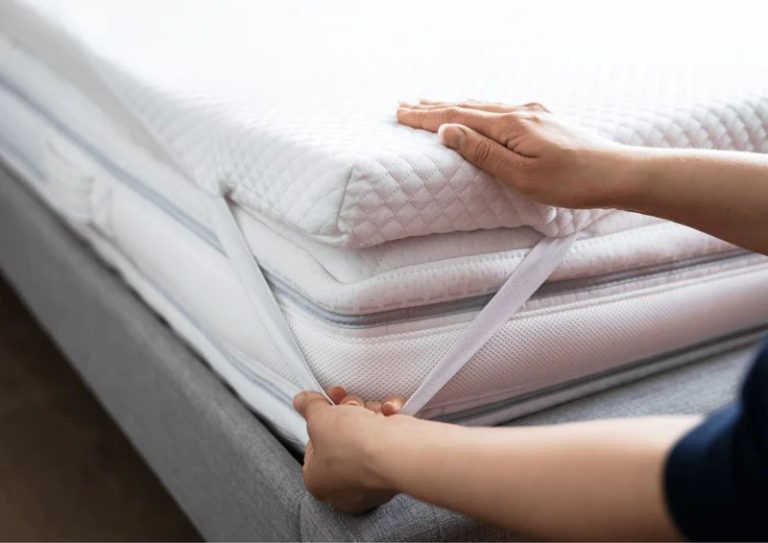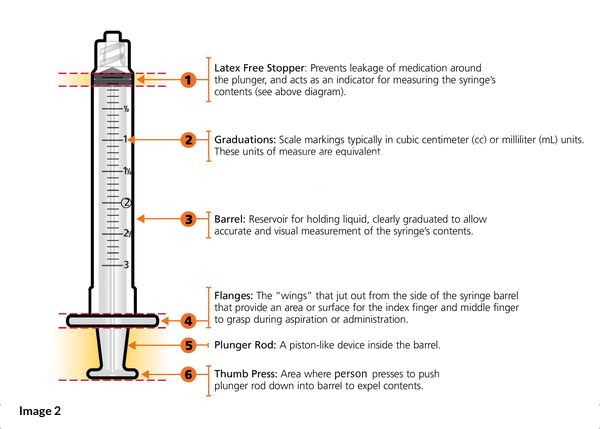Should Shelf Brackets Be As Wide As Shelf?
Are Wider Brackets Always Better?
When installing shelves, one of the most important decisions is choosing the right shelf brackets. Shelf brackets provide vital support and determine how much your shelves can hold. A key factor in selecting brackets is their width – should you get brackets as wide as the shelf itself, or is narrower okay? This article will provide helpful guidelines to determine the ideal bracket width for your situation.
Purpose of Shelf Brackets
The primary purpose of shelf brackets is to provide support and stability for shelves. Without brackets, shelves would be unstable and unsafe for holding items. Brackets attach to the wall and provide a sturdy base on which shelves can rest securely.
Shelf brackets bear the weight of the shelf itself as well as anything stored on the shelf. They transfer this weight safely to the wall, preventing sagging, slipping, or detachment of the shelf. Properly installed shelf brackets stabilize shelving and keep items from falling or being knocked over.
In summary, shelf brackets serve as structural reinforcements that enable shelves to be securely mounted on walls while supporting intended loads. They are essential components in building sturdy, functional shelving.
Standard Shelf Widths
When it comes to shelving, there are some standard widths that are commonly used. According to Alberta’s Office Type Shelving Systems specifications [1], standard shelf widths in millimeters include:
- 610 mm (24 inches)
- 762 mm (30 inches)
- 914 mm (36 inches)
- 991 mm (39 inches)
- 1067 mm (42 inches)
- 1219 mm (48 inches)
Another source, Massing Standard High Density Shelving [2], lists the most common standard shelf widths in inches as:
- 30 inches
- 36 inches
- 42 inches
- 48 inches
As you can see, the most popular options tend to be in 12 inch increments, with 30, 36, 42 and 48 inches being the most prevalent.
Shelf Bracket Width Options
When selecting shelf brackets, you’ll find there are a few standard width options to choose from:

- Full-Width Brackets – These brackets are the same width as the shelf itself. They provide maximum support underneath the full depth of the shelf.
- 3/4-Width Brackets – As the name implies, these brackets are 3/4 the depth of the shelf. They provide ample support but use less material.
- 1/2-Width Brackets – Half-width brackets are, again, 1/2 the depth of the shelf. They offer decent support for lighter-weight shelves and items.
- 1/4-Width Brackets – The narrowest option, these brackets are best for lightweight duty on shorter shelves.
The most common choice is full-width or 3/4-width brackets. However, the narrower versions can also be suitable in some situations. Consider the shelf depth, the weight it needs to hold, and your own design aesthetics when selecting a bracket width.
Importance of Proper Bracket Width
Selecting a shelf bracket with the proper width is crucial for providing adequate support and preventing sagging. According to Cascade Iron Co., bracket width should be just slightly less than the shelf depth to allow for proper support. If a bracket is too narrow for the shelf depth, the outer edges of the shelf will not be fully supported and can start to sag over time under the weight of objects placed on the shelf.
The experts at Unique Metalcraft recommend a bracket width equal to 75-80% of the shelf depth for optimal support and to prevent sagging. For example, a 12″ deep shelf would need a bracket around 9-10″ wide. Having a bracket slightly narrower than the shelf still allows for support across the main surface area while accounting for overhang.
Wider shelf brackets that match the shelf depth provide maximum support. However, they do not allow any overhang space for decorative edges. Narrower brackets can work for lighter items but run a greater risk of sagging shelves if loaded with heavier objects. The 75-80% width to depth ratio gives the best balance.
Guidelines for Bracket Width
There are some general rules of thumb when it comes to determining the ideal width for shelf brackets based on the shelf dimensions:
For shelves 12 inches deep or less, most experts recommend using brackets that are 50-75% of the shelf depth. So for a 12 inch shelf, 6-9 inch brackets would be suitable (Source). The narrower the shelf, the narrower the bracket can be proportionally.
For shelves 12-18 inches deep, brackets should be around 50% the depth of the shelf. So for a 16 inch shelf, 8 inch brackets would be recommended (Source).
For shelves over 18 inches deep being used for heavy storage, brackets roughly a third of the shelf depth are recommended. So 24 inch brackets for a 72 inch shelf (Source).
There are shelf bracket calculators that can provide more precise recommendations based on the shelf dimensions and load (Source). But the general rules above are a good starting point.
When Wider is Better
Using full width brackets that span the entire depth of the shelf can provide more support and stability. This is especially important for:
Shelves carrying heavy loads – Wider brackets distribute weight better across the full depth of the shelf. For shelves holding 50 pounds or more, full depth brackets are recommended (source).
Long shelves – Longer shelves over 3 feet wide benefit from the extra support of full width brackets at the outer ends. This minimizes sagging (source).
Thick or deep shelves – Thicker shelves 1-2 inches deep do better with full width brackets. The brackets firmly grip the shelf sides (source).
Shelves made from softer woods – Particle board, MDF, and pine shelves should use wider brackets for maximum support. Harder woods like oak or maple can better tolerate narrower brackets (source).
Wider brackets also allow for more screw holes to firmly attach the shelf. They also give more leeway for positioning screws accurately. The full bracket contact distributes force better if bumped or overloaded.
When Narrower Works
In some cases, using a narrower shelf bracket can be suitable for supporting a shelf. According to a discussion on Reddit, narrower brackets are often sufficient for lighter duty floating shelves that will hold lighter items like decorations or books (source). The key is making sure the shelf brackets extend at least 2/3 the depth of the shelf.
Narrow brackets are also commonly used for shelves that are 12 inches deep or less. For these shallower shelves, narrow brackets around 6-8 inches long are usually adequate, especially if spacing the brackets close together at 12-16 inches apart (source). The shorter depth helps minimize the visible bracket while still providing enough support.
The main downside of narrow brackets is less load capacity. But for lighter shelves under 12 inches deep, high load capacity is often not critical. Checking the weight rating of the specific bracket can help ensure it is sturdy enough for the intended shelf load.
Additional Considerations
There are a few other factors to take into account when determining the optimal shelf bracket width, beyond just the shelf width itself:
- Material – Brackets made of sturdier materials like steel can support more weight and allow for wider spans between brackets. Shelves made of heavier materials like solid wood may require wider brackets than lighter materials like laminate board [1].
- Load weight – Heavier loads require brackets that are wider than the shelf to provide ample support. As a rule of thumb, the heavier the load, the wider the bracket should be in relation to the shelf width [2].
- Shelf depth – Deeper shelves should have wider brackets than shallow shelves. A good guideline is that brackets should be at least 1/3 the depth of the shelf [1].
- Number of brackets – Using more brackets spaced closer together allows you to use narrower brackets. Wider spacing requires wider brackets to span the gap.
- Aesthetics – Wider brackets can provide a more substantial, decorative look. Narrower brackets have a lighter, more streamlined appearance.
Considering all these factors will help determine the ideal bracket width for your shelving needs.
Conclusion
When deciding on shelf bracket width for a shelving project, the most important considerations are the shelf width, the load weight, desired aesthetics, and securing the brackets properly. Generally, brackets as wide or slightly wider than the shelf are recommended for stability, but narrower brackets can also work depending on the situation.
For heavy duty shelving, brackets equal to the shelf width or up to 2 inches wider provide the greatest support. Wide brackets distribute weight better across the shelf and reduce sagging risk. For lighter duty shelves, narrower brackets around 2-3 inches less than the shelf can suffice. This allows for a more streamlined look.
Ultimately, choose the bracket width based on shelf dimensions, intended use and weight loads, visual appeal, and ease of installation. Wider brackets are better for heavy loads, while narrower sizes work for lighter items. Follow manufacturer instructions and secure brackets firmly into studs or the wall to ensure safety.



